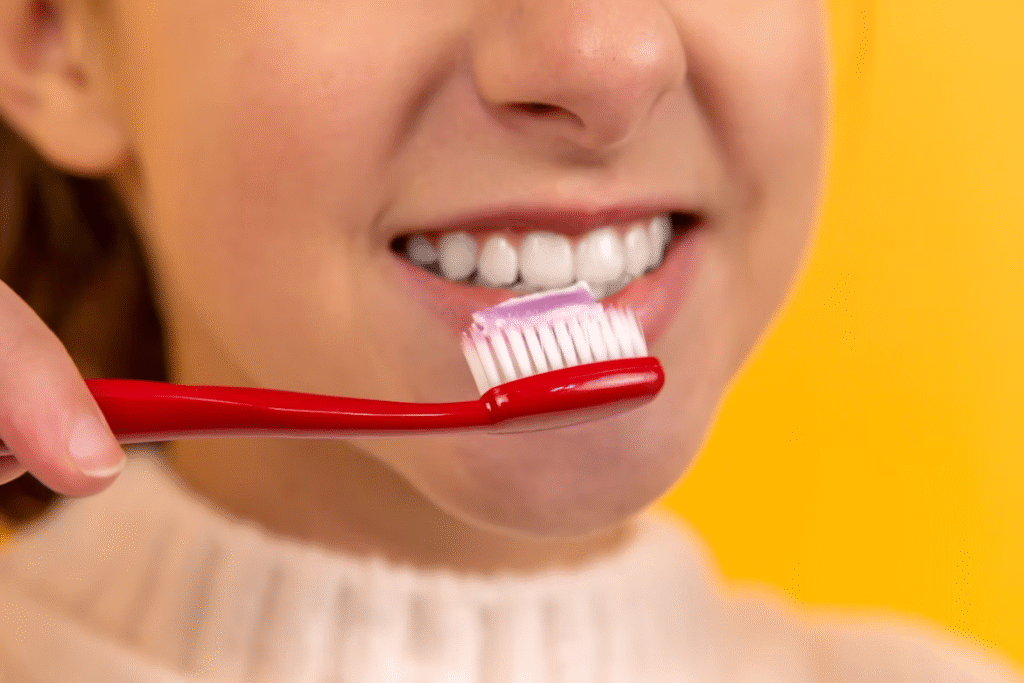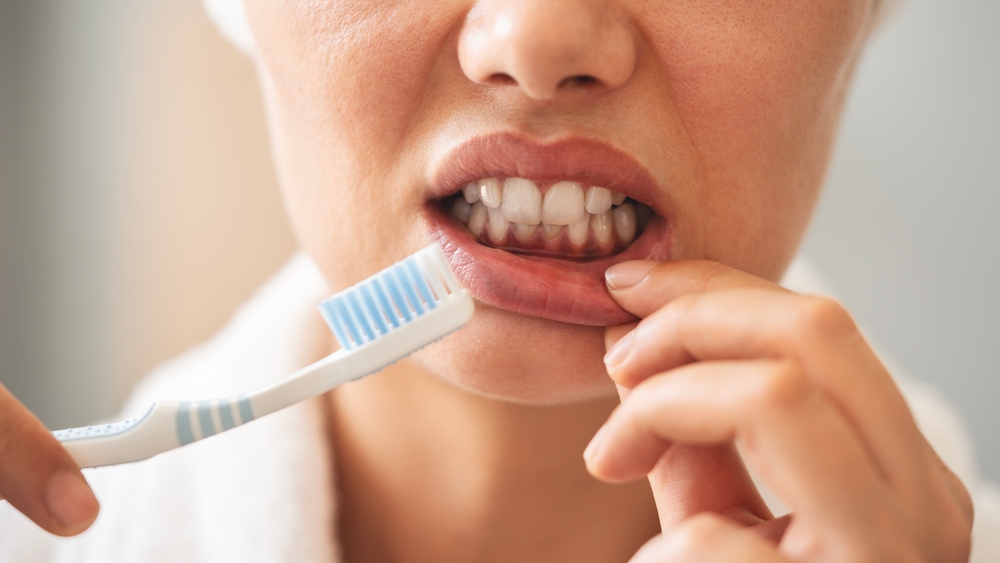Brushing your teeth seems like one of the simplest daily habits. Pick up a toothbrush, add toothpaste, scrub for a couple of minutes, and rinse. Most people assume they have been doing it right since childhood, but the truth is many common techniques cause more harm than good. Poor brushing habits can wear down enamel, irritate gums, and leave behind plaque that leads to cavities. Understanding the correct way to brush helps protect your teeth for life.
Using the Wrong Toothbrush
The type of toothbrush you choose matters more than you think. Hard-bristled brushes can actually damage enamel and push gums back over time. A soft-bristled brush is gentle enough to clean effectively without scraping away protective layers. The size of the brush head is also important. A smaller head allows better access to tight spaces at the back of your mouth. Electric toothbrushes are often more effective than manual ones because they deliver consistent pressure and motion. Choosing the right brush is the first step toward protecting your teeth.
Brushing Too Hard
Many people think that scrubbing harder makes teeth cleaner. In reality, excessive pressure erodes enamel and causes gum recession. Once enamel is worn away, it does not grow back. Gentle strokes are more effective at removing plaque than aggressive scrubbing. Think of brushing as polishing rather than scrubbing. Holding the brush lightly with just a few fingers can help reduce the force you use.
Forgetting About the Gum Line
Plaque builds up where the teeth meet the gums, yet many people miss this spot. Holding the brush at a 45-degree angle toward the gums ensures bristles reach under the gum line. Gentle circular motions help clear away bacteria without irritating soft tissue. Ignoring the gum line can lead to inflammation and eventually gum disease. Focusing on this area makes your cleaning much more effective.
Brushing Too Fast
Rushing through the process is another mistake. A quick 30-second scrub does not give enough time to clean thoroughly. Dentists recommend brushing for at least two full minutes. Dividing the mouth into four sections and spending 30 seconds on each helps ensure even coverage. Setting a timer or using an electric toothbrush with a built-in timer can make the habit easier to maintain.

Only Brushing the Front
It is easy to focus on the teeth you see when you smile, but plaque collects everywhere. The inner surfaces of teeth, especially behind the front teeth, often get neglected. Food particles also stick to the chewing surfaces of molars. Skipping these areas leads to uneven cleaning and eventual decay. A complete brushing routine covers every surface, even the ones that are harder to reach.
Using Too Much Toothpaste
More foam does not mean cleaner teeth. A pea-sized amount of fluoride toothpaste is enough for adults. Children need even less, about the size of a grain of rice. Using too much toothpaste creates excess foam that encourages people to spit and rinse too early. This reduces the amount of fluoride that stays on the teeth to strengthen enamel. Less paste actually means better protection.
Brushing Right After Eating
It may feel natural to brush immediately after a meal, but that can damage enamel. Acidic foods and drinks soften the enamel surface. Brushing right away can push the acids deeper and increase wear. Waiting at least 30 minutes allows saliva to neutralize acids and harden enamel again. Drinking water after meals helps wash away food particles and makes brushing safer later.
Skipping Tongue Cleaning
Your tongue can harbor bacteria that cause bad breath and affect overall oral health. Brushing or scraping the tongue removes buildup and helps keep your mouth fresh. Many people stop at the teeth, but the tongue plays a large role in oral hygiene. Making tongue cleaning part of your routine only takes a few extra seconds but has noticeable benefits.
Rinsing Too Much After Brushing
Rinsing with a large amount of water right after brushing removes the protective fluoride layer from toothpaste. A small sip to spit out excess foam is enough. Some people prefer not rinsing at all, letting fluoride stay on the teeth longer. If you use mouthwash, it is best to wait a little while after brushing. Keeping fluoride in contact with enamel helps strengthen it over time.
Not Replacing the Toothbrush Often Enough
Toothbrushes wear out faster than most people realize. After about three months, bristles start to bend and lose effectiveness. A worn brush cannot reach into small spaces and may harbor bacteria. Replacing your toothbrush every three months, or sooner if the bristles fray, ensures better cleaning. Fresh bristles make a real difference in protecting your teeth.
The Right Way to Brush
The correct method is simple but requires consistency. Hold your brush at a 45-degree angle to the gum line, use gentle circular motions, and cover every surface. Spend two minutes on the process, focusing equally on front, back, and chewing surfaces. Use a soft-bristled brush with a small head and a pea-sized amount of toothpaste. Clean your tongue and avoid rinsing too much afterward. With these steps, you give your teeth the care they actually need.
The Bottom Line on Teeth Brushing
Brushing your teeth is something you do every day, but common mistakes make the effort less effective. Small changes like using the right brush, adjusting your angle, and brushing for the proper amount of time can transform your oral health. Good habits not only prevent cavities and gum problems but also protect your smile for life. If you have been brushing incorrectly, it is never too late to improve your technique.
Disclaimer: This article was created with AI assistance and edited by a human for accuracy and clarity.

